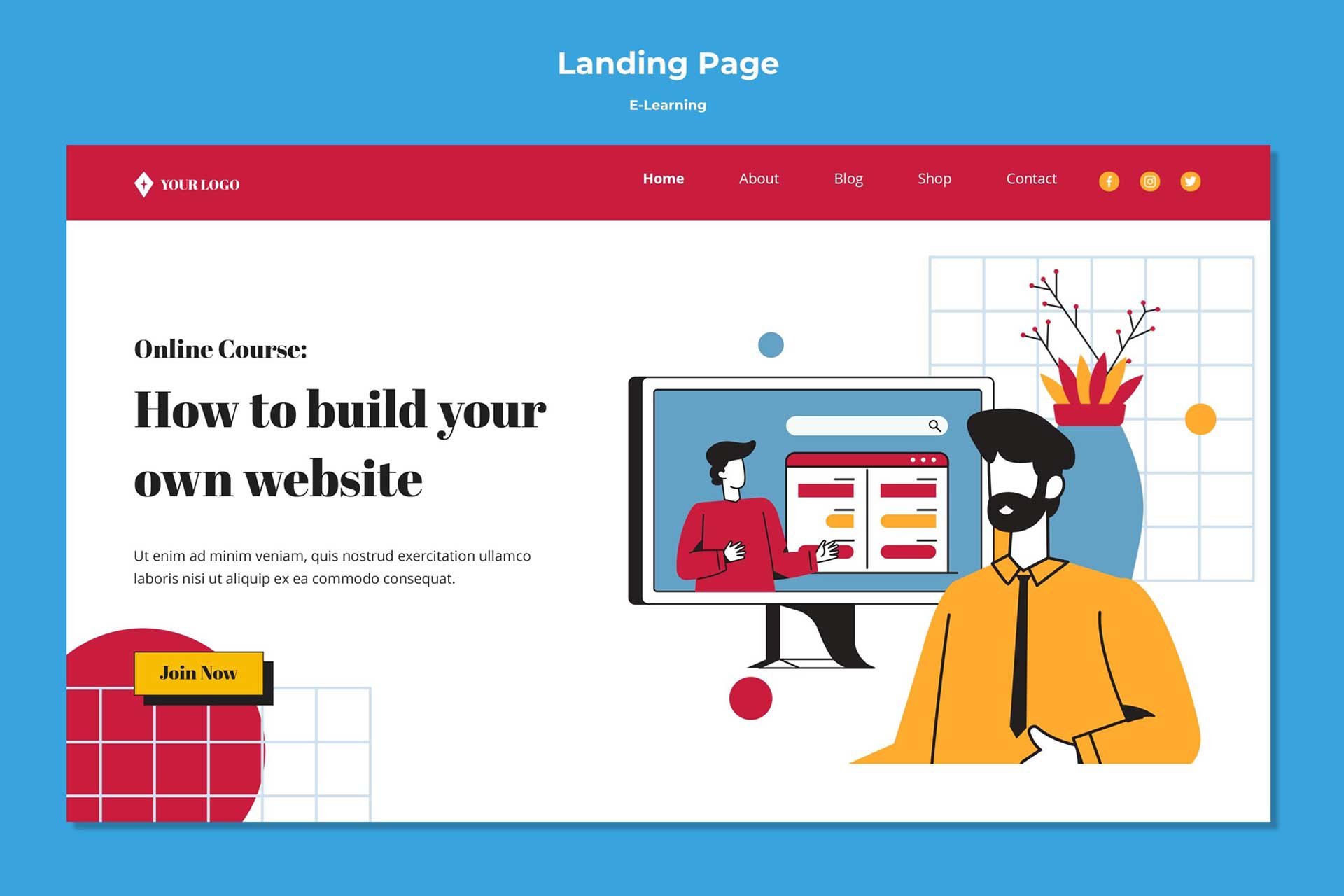There is a huge problem facing both the higher education sector and the labour market. In a nutshell, it’s a skills mismatch. More specifically, there is a gap between the skills demanded by employers from job applicants and what the applicants are prepared with by the existing education system. Over the past few years, as digital transformation has changed the industry, this gap has widened more and more while institutes of higher learning have been slow to keep pace with them.
This is painfully visible in the case of graduates and post-graduates as they seek employment in a rapidly-changing industry but fail to meet specific skill requirements set by changing job roles in organisations during the hiring process. As this struggle continues, institutes of higher learning, along with ministries of education, HRD and labour are working on solutions to bridge this skills gap crisis to avoid a major shakedown in the industry which may adversely affect the lives of people and the economy.
The industry perspective
Scott Shireman, Global Head of Coursera for Campus, sums up the situation aptly on the Coursera blog dated 2 February 2023, [https://blog.coursera.org/from-higher-education-to-employment/]:
In a competitive and fast-changing labor market, employers increasingly expect their entry-level talent to join their workforce already equipped with job-relevant skills and hands-on experience. At the same time, university-age students and their parents are thinking more critically about the ROI of traditional three and four-year degree programs: most notably, whether students will secure a job after graduation.
As a result, Coursera is seeing universities and colleges around the world leverage entry-level professional certificates, also known as industry micro-credentials, and career-relevant skills training in their degree programs to improve student recruitment and graduate employability.
[Along with 2U (edX), Udacity, FutureLearn, and many others like them, Coursera is a leading provider of online microcredential courses worldwide. They are not accredited universities. They do not award traditional degrees.]
Microcredential is a generic term which represents short-term specific skills-based courses on the MOOC format, offered to learners/students in collaboration with institutes of higher learning, such as universities. After completing a short-term course (sometimes as short as 4 months, or less), learners receive a certificate or a diploma confirming the industry- and employment-focused knowledge and skill sets the learners have chosen to obtain (i.e. specialize in), which are expected to increase the employability of the learners.
Keeping learners and employers satisfied
In other words, the learners become job-ready within a short time, in weeks and months, possessing the skills and qualifications desired and demanded by employers in the industry. These short-term courses are available in a variety of subject areas some of which are web development, video editing, data analytics, fundamentals of financial accounting, advertising and marketing, leadership and management, nursing, interior design, fashion design, nutrition and many more. They are designed to prepare learners with job-ready skills that lead to quick job opportunities.
Since many of these microcredentials can be the building-blocks of credit-bearing degree programmes, these microcredentials can be stacked up against others to create pathways for the learners to pursue a long-term degree education equivalent to receiving traditionally-valued degrees from universities and other institutes of higher learning. This ‘stackability’ feature of these microcredentials is a huge benefit to learners as they can make each microcredential count towards their final degrees.
Low-cost digital education
Another benefit is that these short-term courses are low on cost (some are even free, but they don’t offer certificates or diplomas on completion of the course) and, hence, attractive to learners who, earlier, had found it difficult to pay for quality education from an institute of higher learning in the traditional three-year or four-year degree format. But the good thing is, these short-term courses offering microcredentials are taught by the same faculty/educators from reputed universities and colleges. What makes this possible is that these courses are taught 100 per cent online using pre-recorded videos, recommended reading material, programmed exercises and online assessments. In this way, they free up the learners from attending in-person classes in pre-determined time slots.
These features of microcredentials replace the need for in-person/classroom instruction which were and still are mandatory for traditional university education; in turn, offering learners the freedom to enroll and participate in microcredential courses from almost anywhere, in their own time and pace. Thus, reducing and removing the burden of having to attend a traditional institute of higher learning in-person and at a higher cost, without compromising on the quality of education they received. And, since the microcredentials are focused on meeting the demands of employers and the job market, they benefit the learners immensely.
Employee and educator training
Microcredentials are useful to organisations and even to institutes of higher learning for their employees and educators, enabling them with focused, cost-effective training: knowledge enhancement, skilling, up-skilling and re-skilling. This creates opportunities for growth within their organisations. Organisations can select specific microcredentials for in-demand business skills, or collaborate with institutes of higher learning on knowledge and skills for immediate need fulfillment. Thereby, saving organisations time and money.

